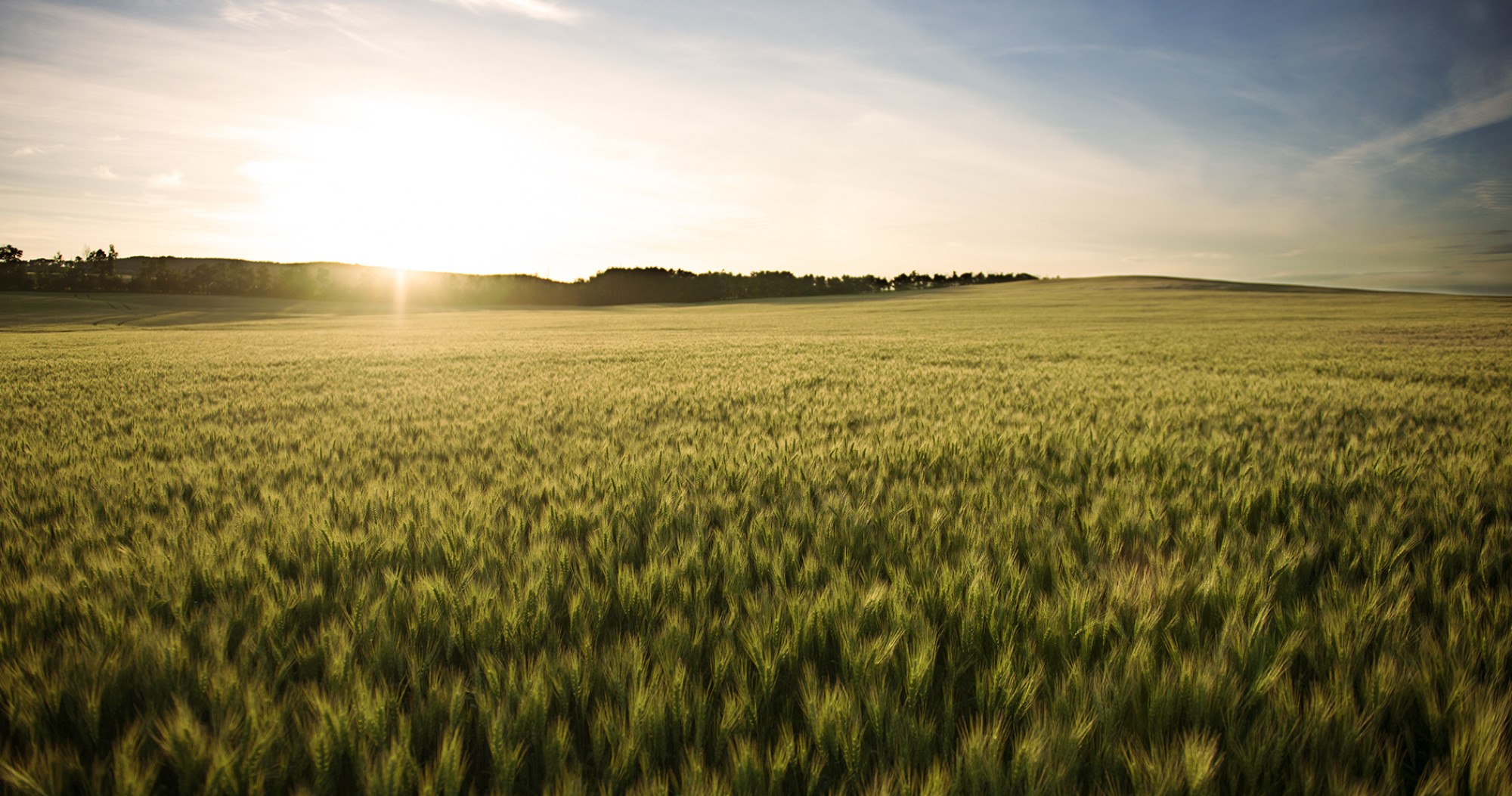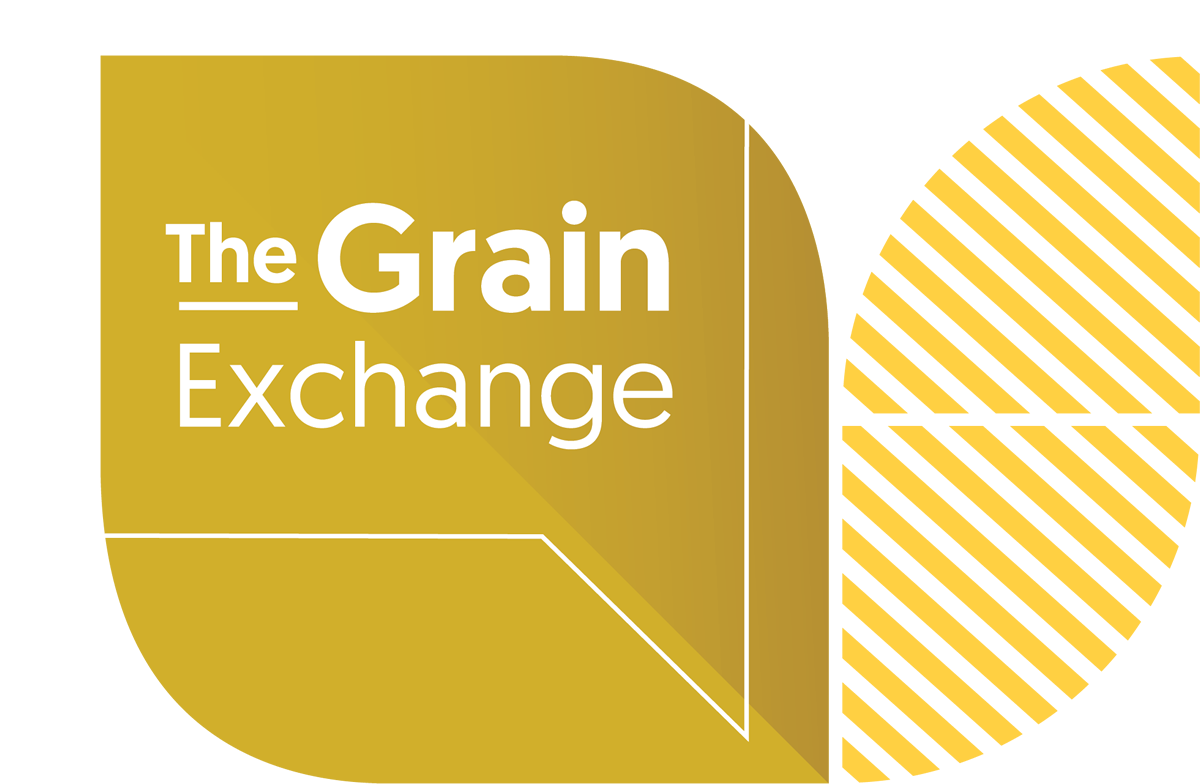#MidgeBusters
Orange wheat blossom midge (hereafter called wheat midge), Sitodiplosis mosellana (Diptera: Cecidomyiidae) is the most damaging pest of wheat in North America. This delicate little orange midge is not always a problem in wheat production but its population is closely tied to rainfall.
Each fall, the Provincial Agriculture ministries of Alberta and Saskatchewan (with additional funding from SaskWheat), conduct a survey of the overwintering cocoons of wheat midge in farmers’ fields across both Provinces. From these cocoons, the mappers and modellers at Agriculture and Agri-Food Canada (AAFC) from Dr. Megan Vankosky’s lab (Ross Weiss and David Giffen) identify areas where wheat midge could be a problem next year so growers can plan their strategies. The maps are available each winter at prairiepest.ca.
The wheat midge predictions remained low until the forecast map for 2021 came out showing large areas where wheat midge was likely going to be a problem. SeCan, one of the seed companies in Canada, asked me to give a presentation on wheat midge just after the map was released and together we titled it “a potential perfect storm”. I said, “wouldn’t it be great if we had wheat midge pheromone traps across the wheat growing zone so that we could see if this 2021 “perfect storm” was realized.” Todd Hyra of SeCan suggested that we could ask the SeCan wheat grower network if they wanted to host a wheat midge pheromone trap in their wheat fields and the #MidgeBusters network was formed.
SeCan purchased the trap material and shipped traps to interested growers and agronomists. They counted the wheat midge on their traps bi-weekly which, for a small fly that lives less than five days, meant that we could see new emergence of wheat midge on each trapping day.
We kept in communication and shared pictures of our traps and fields using an online spreadsheet, and WhatsApp and Twitter using the hashtag “#MidgeBusters”. SeCan representative Lauren Wensley spearheaded the social media campaign and SeCan developed a logo and even awarded prizes where entries were gained by the number of #MidgeBusters posts made by participants.
#MidgeBusters taught us that the forecast map worked well when the spring rains occurred in an area. This was not new knowledge, but what was new learning was that it is not cumulative rainfall but rather soaking, sustained rains that trigger wheat midge emergence. For example, in May 2021, 31.4mm total rainfall fell in Northeastern Saskatchewan around Melfort which is more than the 25mm needed to start wheat midge emergence, but it was in small rain showers that did not amount to much moisture each time. In that area, the forecasted wheat midge emergence was not realized. In the areas in Southeastern Saskatchewan, where midge pressure was forecasted to be strong, 65.2 mm of rain fell over a four-day period in the third week of May and wheat midge emergence was strong in that area.
The wheat midge forecast for 2022 was for a low wheat midge year likely due to the drought and extreme heat in summer 2021. However, with ample rain in a lot of areas, the wheat midge pheromone traps caught more wheat midge per trap (732) than the previous year (634).
The pheromone traps are not used to take insecticidal action against wheat midge and it is male wheat midge that are caught on these traps. The traps are a tool to look for timing of emergence to then trigger an evening trip to the field to survey for the presence of wheat midge females on heads two to three days after the males were first caught on traps. In one case, and thanks to Danny Limoges in the Peace region for his counting and scouting, three females per head (15/five heads) were counted in the evening which far exceeded the economic yield threshold of one female on five heads. The 2022 #MidgeBusters results certainly indicate that we can not be complacent about wheat midge even in a predicted low midge scenario because if the environmental conditions are right, wheat midge will emerge.
Thanks to our 2021 and 2022 #MidgeBusters for their work in trapping and counting and to the Provincial Ag ministries and the Vankosky lab for their work in creating the forecast maps. If you would like to take part in #MidgeBusters 2023, please email me at tyler.wist@agr.gc.ca.

